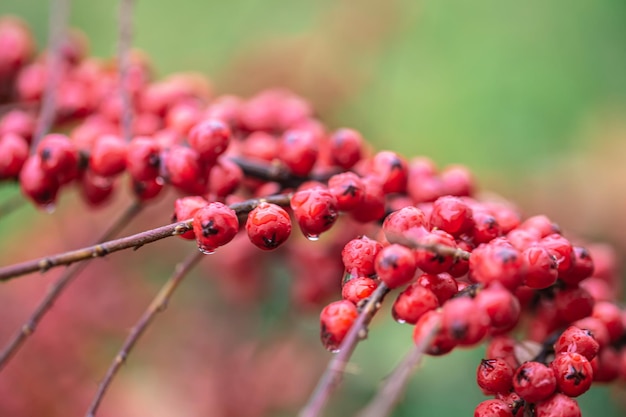Karankawa – Fascinating Facts about Texas’ Indigenous People

The Karankawa tribe was known for their unique coastal lifestyle.
Karankawa people were skilled fishermen and hunter-gatherers.
They lived along the Gulf Coast of Texas for centuries.
The Karankawa tribe was deeply connected to the ocean and relied heavily on its resources.
They were known for their exceptional knowledge of the coastal ecosystem.
Karankawa people had intricate knowledge of the tides and used it to their advantage.
Their expert navigation skills allowed them to explore and thrive in the coastal regions.
Karankawa women played a crucial role in the tribe’s social and economic structure.
They were skilled weavers and created beautiful baskets.
The Karankawa tribe practiced body modification, such as tattooing and scarification.
They were excellent warriors and defended their territory fiercely.
Karankawa people believed in the power of shamans and sought their guidance.
The tribe had a rich oral tradition, passing on stories and history through generations.
Karankawa children learned essential survival skills from a young age.
The Karankawa people had a profound spiritual connection with nature.
They believed in the presence of spirits in all things living and non-living.
The Karankawa tribe had a unique diet that included seafood, deer, and nuts.
They used seashells for decoration, trade, and ceremonies.
Karankawa men were skilled boat builders, crafting canoes from hollowed tree trunks.
Karankawa – Fascinating Facts about Texas’ Indigenous People part 2
The tribe had elaborate rituals to honor the spirits and seek their blessings.
Karankawa people would sometimes use medicinal plants for healing purposes.
The Karankawa language had intricate vocabulary related to their coastal surroundings.
They had a strong sense of communal living and helped each other with tasks and challenges.
The Karankawa tribe had elaborate burial customs, often including personal belongings.
They had a unique system of governance, led by tribal leaders and councils.
Karankawa people mastered the art of camouflage to blend in with the coastal environment.
The tribe had a mythological belief in the existence of powerful water deities.
Karankawa warriors used bone-tipped arrows and spears in battles.
They had a deeply ingrained respect for the natural world and its balance.
The Karankawa tribe had complex social structures based on age and gender roles.
Karankawa myths and legends often depicted encounters with mythical sea creatures.
They had a distinct style of pottery that featured intricate geometric patterns.
The Karankawa people used fire to control the coastal vegetation and wildlife.
They were skilled in the art of navigation by stars and celestial objects.
Karankawa hunters would wear animal masks to disguise themselves during hunts.
The tribe had specialized fishing techniques, including using nets and fish traps.
Karankawa people had amazing linguistic skills and were able to communicate with neighboring tribes.
They had a strong sense of identity and pride in their Karankawa heritage.
The tribe relied on trade with neighboring tribes for goods and resources.
Karankawa women excelled in the art of pottery and made exquisite clay vessels.
They believed in the cyclical nature of life and death, reincarnation, and the afterlife.
The Karankawa tribe had intricate body painting traditions for special occasions.
They practiced communal hunting, where the spoils would be shared among the entire tribe.
Karankawa medicine women were highly respected for their healing abilities.
The tribe had a strong connection to specific animals, which they considered their spirit guides.

